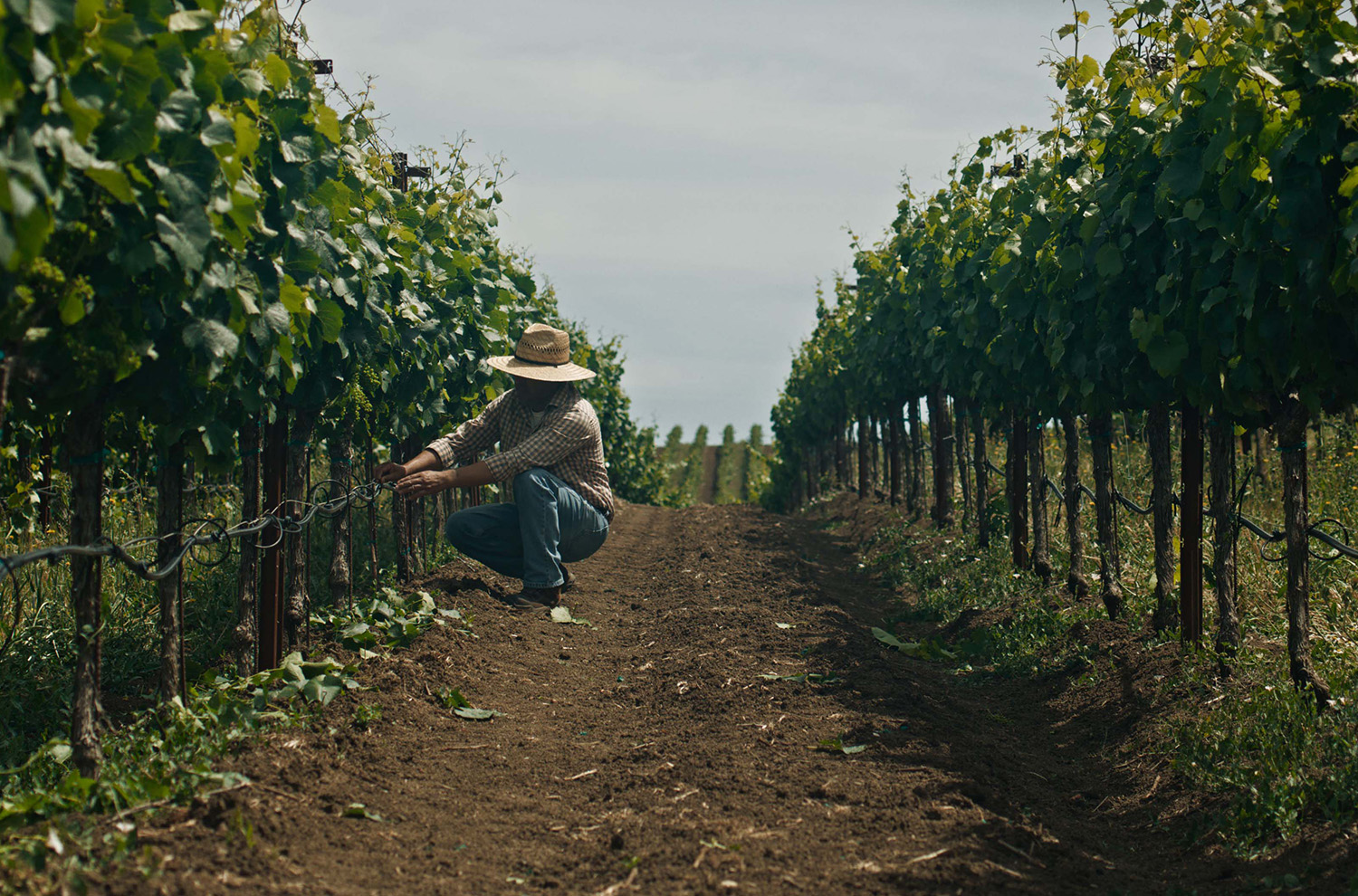The Carneros is an AVA: (American Viticultural Appellation), which is bordered by the San Pablo Bay to the south, the Mayacamas Mountains to the north and spans the southern ends of both Napa and Sonoma counties. It is one of the few viticultural areas existing in two counties. The Carneros AVA was established in 1983 but the land has a history that dates back to the 1800s.
Named after the many sheep that once dotted the hillsides of Sonoma and Napa counties, Carneros AVA is inextricably linked to the Mexican jurisdiction that originally settled the lands in the area. Early settlers were initially drawn to Sonoma's fertile lands and moderate climate. An influx of American, German, French, and Irish settlers began in the 1840s. Arriving by boat or by wagon trail via the Santa Fe Trail, the Oregon route, or across the Nevada desert, many ventured from the town of Sonoma to Carneros in search of farmland.
In the early 20th century, the wine industry in Los Carneros began to grow and prosper. During the Prohibition era of the 1920s and 1930s, the wine industry in Los Carneros came to a halt. Many vineyards were abandoned or torn up, and it wasn't until the repeal of Prohibition in 1933 that wineries began to reopen.
Receiving its AVA status in 1983, Carneros was the first wine region in California to be defined by its climate characteristics rather than political boundaries. Carneros is a micro-climate characterized by an early morning fog that rolls in off the bay and is trapped by the mountains. The fog provides a blanket-like effect during the winter, keeping temperatures generally 10 degrees warmer than in other parts of either valley, thus generating an early bud-break on the vines.
Carneros receives less rainfall than up valley, and the heavy clay soils mean the vines remain small and produce small, concentrated crops. The special micro-climate of the Carneros provides perfect conditions for growing both pinot noir and chardonnay grapes with high acid and low pH. These qualities drew in Claude Taittinger, who was the proprietor of the famous Champagne house Taittinger, to establish a sparkling wine operation in California, Domaine Carneros.


